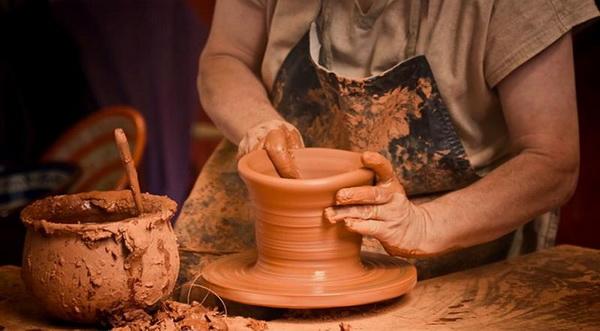The processing of ceramics
Based on the findings of the archaeologists it seems that the birthplace of this art was Iran and the first examples found date back to about Xnumx thousand years ago. To build and refine the ceramic wheels from about the fourth millennium to. C. we see another change in this technique, that is to say, to prepare the enamel and the various types of decoration of the bowls, more serious measures were taken.
In general, clay was used in different combinations in ceramics. The element that is also the main factor in the increase of resistance of ceramic bowls and their greater beauty, is used in various types of gloss, opaque and translucent.
Ceramic in the pre-Islamic period has slowly gone through a process of internal changes and in the Islamic period has received more attention (compared to the processing of iron) and in centers including Rey and Nishābur has had particular changes.
In the fifth and sixth centuries of Egira, white enamelled bowls, monochromatic, with the design of a mold, gold-colored or gold-enamelled bowls, were built. In the seventh and eighth centuries of the Egira began the production of a type of carving tiles and the ornamentation of the sacred places.
In the Islamic period in general, in addition to the creation of various types of bowls with different glazes, various tiles were spread with different designs including the tree, the flower, the plants and the animals and various types of Kufic calligraphy.
The production and use of seven-color, carved and also painted tiles was also extended and used in the decoration of religious and historical buildings. From about the twelfth century gradually the flourishing activity of ceramic processing diminished.


